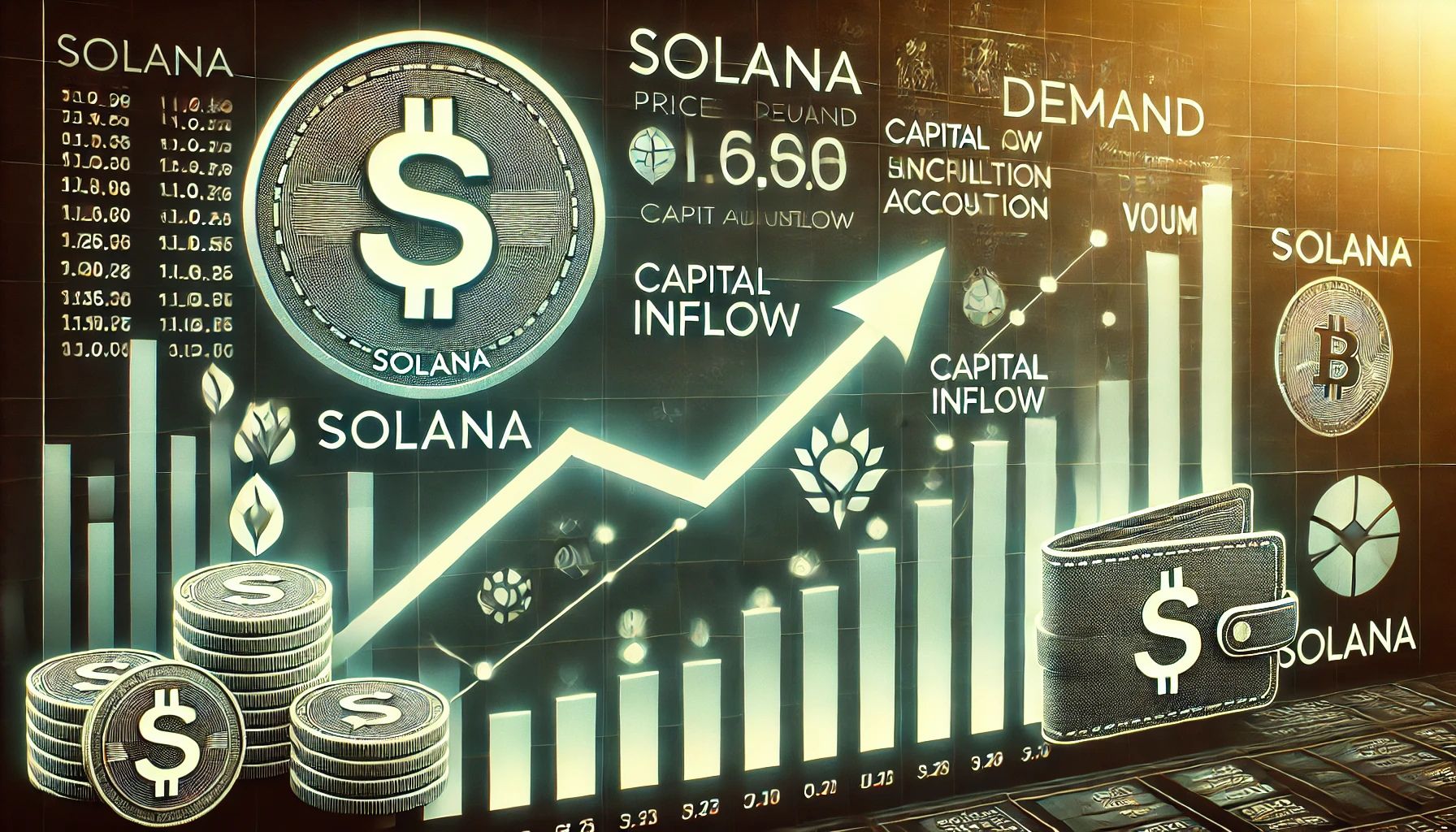
PayPal’s Cryptocurrency Leader States That Banks Are Essential for Realizing Stablecoin Opportunities
Banks play a crucial role in the future of stablecoins, as highlighted by Jose Fernandez da Ponte, the senior vice president of digital currencies at PayPal, during a discussion at Consensus 2025 in Toronto.
He explained that although it may seem counterproductive, the involvement of banks is vital. Their existing frameworks—from asset protection to enabling currency transactions—are necessary for stablecoins to expand beyond their initial user base. The integration of these banking infrastructures is key.
Fernandez da Ponte’s comments reflect ongoing pursuits for clearer regulations surrounding digital currencies in the United States. Lawmakers are moving closer to establishing stablecoin laws that could reshape the landscape and facilitate bank participation in this market.
Anthony Soohoo, the chairman and CEO of MoneyGram, echoed this sentiment, stating that these regulations would significantly boost confidence and clarify trust issues tied to stablecoins.
Both leaders anticipate a influx of new issuers entering the market following the establishment of regulatory structures, leading to a natural consolidation of offerings. Fernandez da Ponte remarked that it’s unlikely the market will end up with either an excess of 300 stablecoins or merely two.
Currently, Tether’s USDT and Circle’s USDC dominate the landscape, together accounting for nearly 90% of the $230 billion stablecoin market. In contrast, PayPal’s PYUSD, introduced in 2023, has a much smaller supply of around $900 million. Fernandez da Ponte argued against using market cap as the sole success metric, emphasizing the importance of transaction activity and user engagement.
In regions experiencing high inflation and unstable currencies, users are increasingly turning to dollar-pegged stablecoins for both saving and international transactions. Soohoo mentioned that MoneyGram is facilitating this access across its extensive network of cash-access points.
He highlighted the hybrid nature of handling both physical and digital finances, noting that many consumers in emerging markets prefer to hold the value in dollars while needing physical cash for day-to-day spending in places that do not accept digital forms.
Adoption of stablecoins is noticeably slower in developed nations. However, with proper regulatory frameworks in place, Fernandez da Ponte stressed that stablecoins could optimize business treasury operations and streamline international payments.
He shared that previously, there was intense coordination required to ensure funds were situated correctly before weekends, but new mechanisms using stablecoins can transmit money to locations like the Philippines and Africa within minutes.
The executives emphasized that practical applications, rather than hype, will be what ultimately drives stablecoins toward the projected trillion-dollar valuation in the coming years.
Fernandez da Ponte added that consumers are more focused on finding solutions to their problems than on the stablecoins themselves, suggesting that with five years already elapsed in a predicted ten-year development timeline, regulatory clearances will be pivotal for the future progress.



















Post Comment